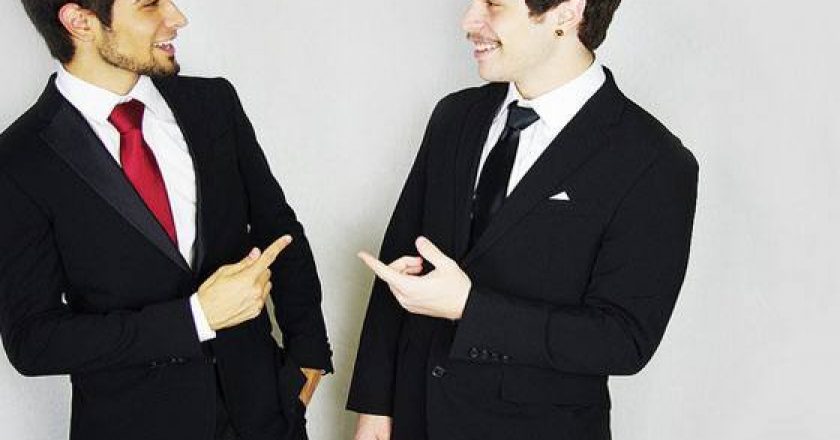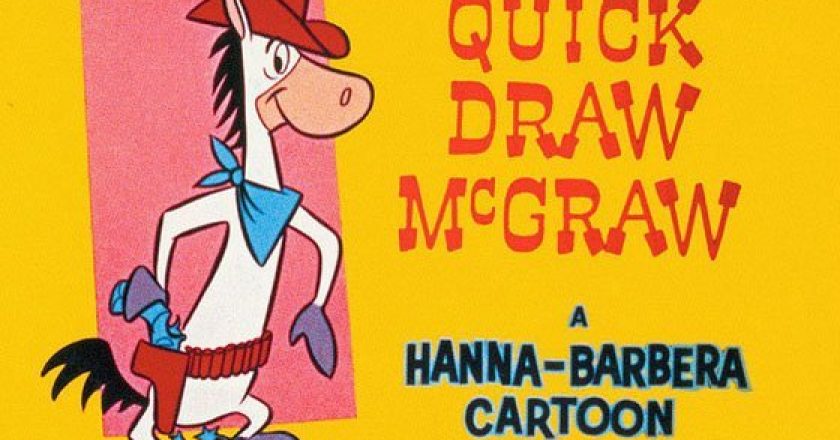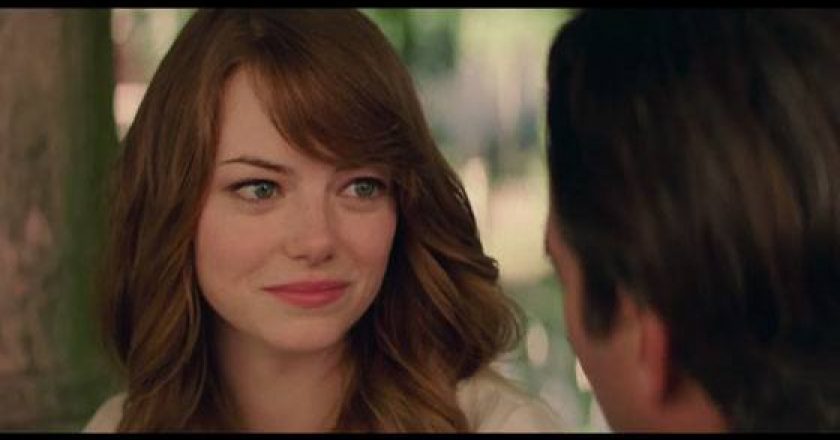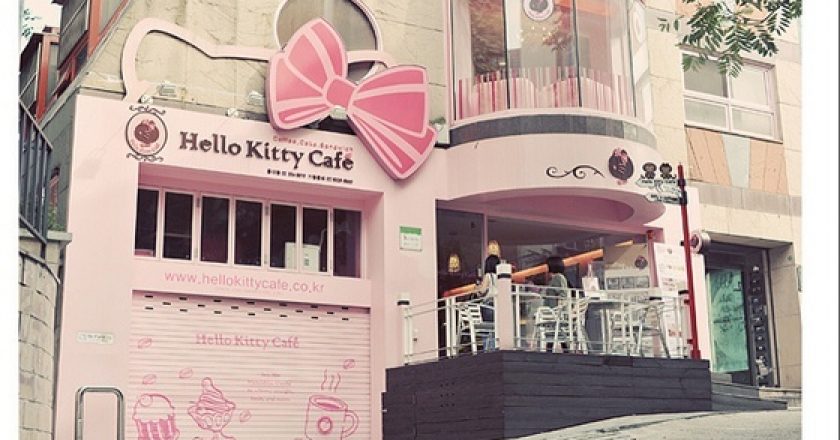Men should dress for success for all occasions with these tips
I want to talk about how men should dress for success.
Everybody looks better under arrest. –John Waters
Do you drive? You will spend some time in traffic court. Maybe you and your roommate will sue each other in small claims court. Perhaps—and this is a longer shot—you’ll be implicated in a mass murder, through absolutely no fault of your own. At some point in this weird, litigious society, you’ll find yourself in a courtroom. What if I told you that judges and juries always—Always!—find for the better-dressed of two parties? Next time you find yourself in a courtroom, look around. Some of the defendants look like they’re dressed for a trip to the 7-Eleven, and some look like they shop at Brooks Brothers. The clothes you wear show how much respect you have for courts and judges, and if you don’t know how judges feel about Contempt of Court, you’ll get a real good idea after watching who gets found guilty or not guilty, over and over again.
You should read: Summer decor for your dorm
And this goes double for job interviews. If you show up dressed like a pizza delivery guy and the job involves any kind of office work or dealing with big-money clients, you just shot yourself in the foot. Did you notice the other job applicants in the lobby with grey suits and briefcases? One of them is getting this job, and you’re not.
You need a grey suit. Worsted wool is best, summer weight (You can wear a sweater in the cooler months). An understated pin stripe is nice, or a Prince of Wales plaid (Sean Connery made these famous). A solid grey is also good, especially in flannel. Go for darker over lighter.
You also need a black suit. This is the go-to outfit for weddings, funerals, and (if you’re a criminal defendant) court. Pin stripes are available, but they’ll make you look like a cartoon gangster. If you’re in a jazz band or a chamber quartet, this will come in very handy.
You’ll find a navy blue suit handy, or at least the jacket. Put brass buttons on it and it becomes a sport coat, and those go with every pair of pants and shoes you’d ever consider owning.
Get a couple of Oxford shirts: White, blue and pink. Stripes are good; plaids, iffy. Also, have at last two pairs of dress shoes, one pair black, one pair brown. Here’s a secret: The shoes don’t have to match your suit; they have to match any other leather you’re wearing, like a belt or a watchband. Your tie? Silk or wool. Simple Repp ties are best. Gag ties and Rayon are a problem, so don’t buy them.
Ideally, you want the nicest suits you can afford. If you’re still in college, chances are that’s not very much, but you have three things going for you:
· This is an expense your parents could be persuaded to spring for. Yeah, I’m assuming your parents are footing at least part of the bill for your college education, and possibly that’s not the case. But if Mom and Dad are paying any of your bills at all right now, they assuredly want you to line up a middle-class (or better) job as close to your graduation date as possible, and this is an investment for them, too. If law school or an MBA program is in your future, you’ll need these kinds of clothes for that as well.
· You are, in all likelihood, still skinny enough to buy these clothes off the rack. I know, you think your slim, athletic build is the result of your sterling personal qualities and your dedicated love of Ultimate Frisbee and Hacky-Sack. You might feel differently at 30 or 40. Enjoy it while it lasts.
· Many men’s clothing shops have “3 for 1” sales where you can buy three different suits for, like, $500 or thereabouts. It’s good to have expensive clothes, but empires have been built on clothes that can just pass as expensive (See: Men’s Wearhouse, Jos. A. Banks, et al).
Finally, ask yourself: “Would James Bond/Frank Sinatra/Don Draper be caught dead in this?” The answer to that will tell you whether to buy it or not.











